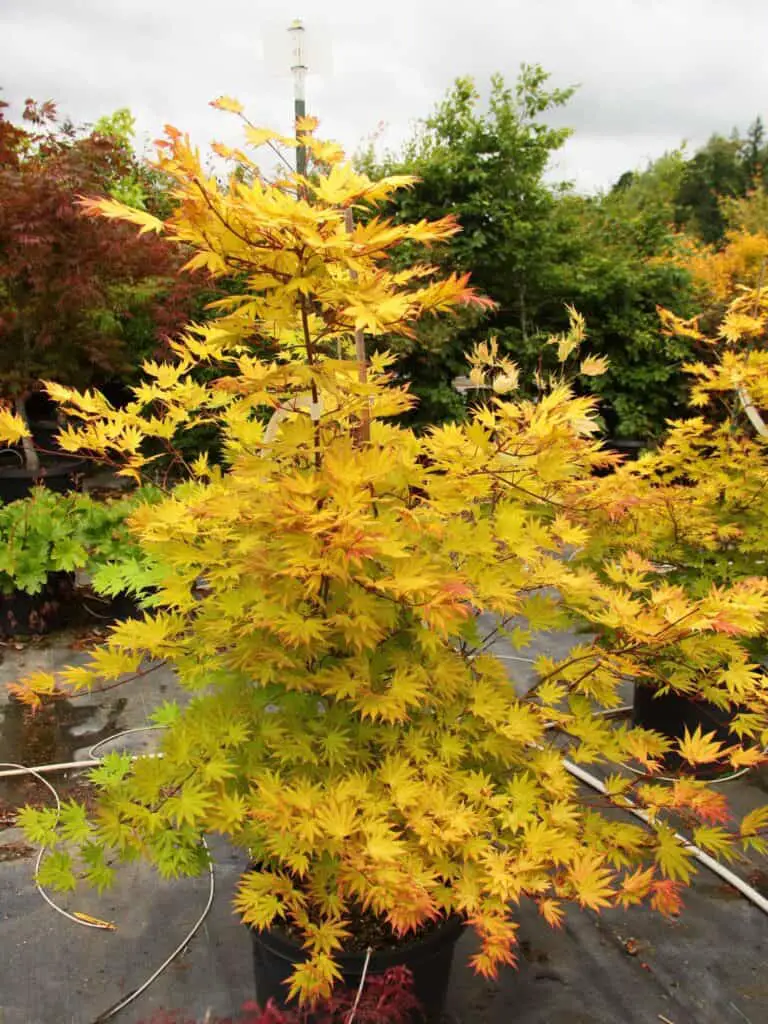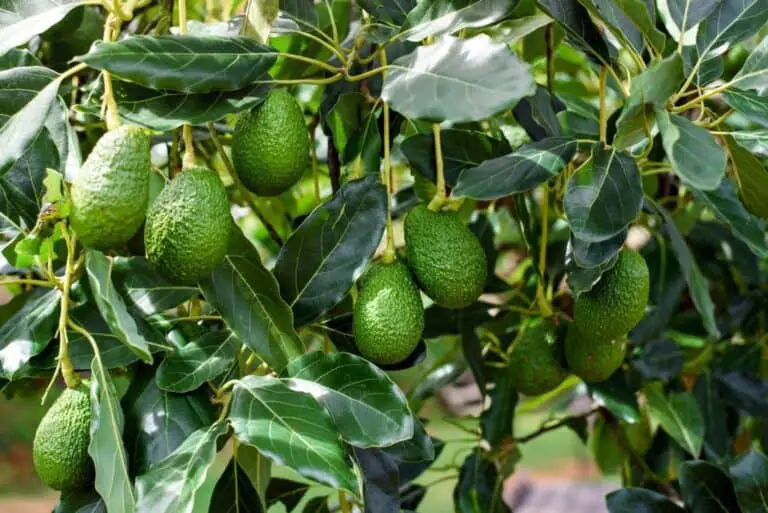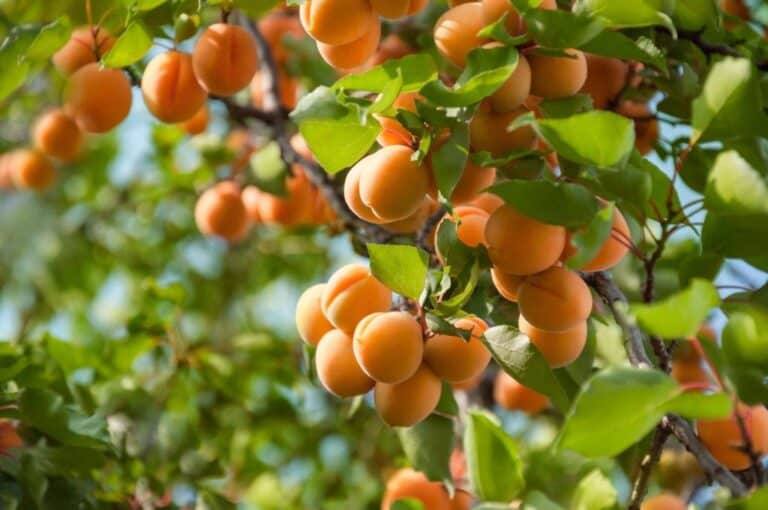How to Trim Echium Plant: In-depth Pruning Guide
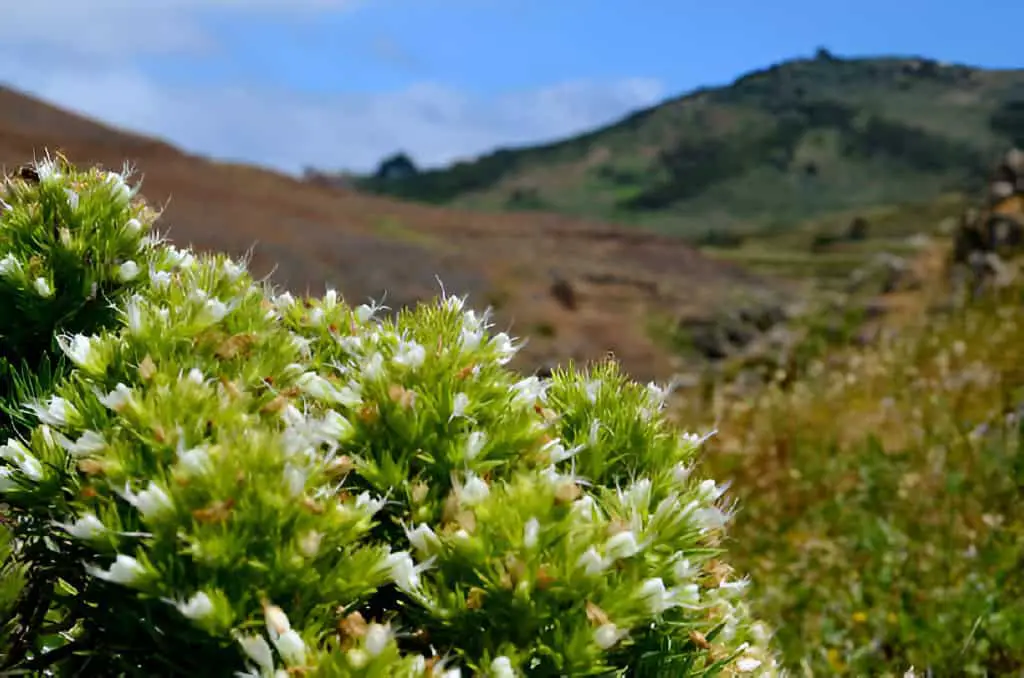
Echium plants, with their towering spires of vibrant flowers, add a dramatic flair to any garden. To keep these stunning plants healthy and thriving, proper pruning is essential.
Pruning an echium plant can be a transformative process for both the health of the plant and the beauty of your garden. Have you ever wondered how to maximize the vibrant blooms of your echium through strategic pruning?
This detailed guide will walk you through trimming Echium plants. It will offer tips, techniques, and best practices. They will ensure your garden stays vibrant and eye-catching.
Understanding the Echium Plant
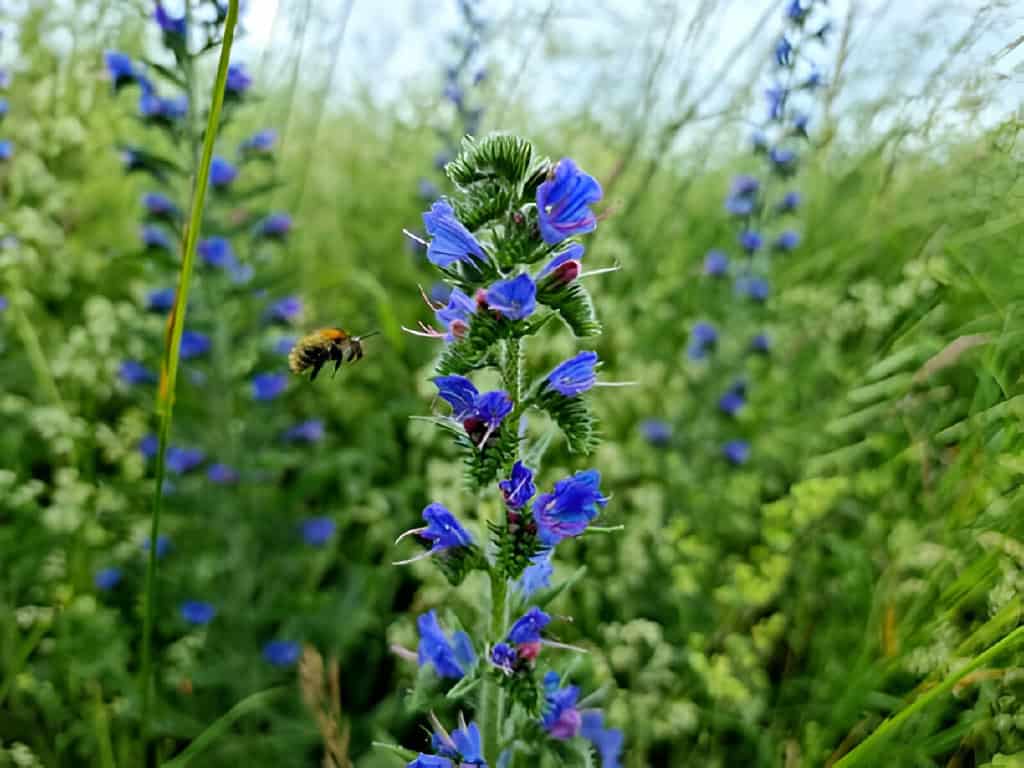
Echium, also known as viper’s bugloss or pride of Madeira, is a genus that includes over 60 species of flowering plants. These plants are known for their tall, striking flower spikes that can reach up to 10 feet in height. Echium plants are typically biennial or perennial, depending on the species and growing conditions.
Key Characteristics:
- Flower Spikes: Tall, densely packed with tiny flowers in shades of blue, purple, pink, or white.
- Foliage: Lance-shaped leaves that can be rough or hairy.
- Growth Habit: Upright and bushy, with a tendency to spread if not managed properly.
Benefits of Pruning Echium Plants?
Pruning is vital for maintaining the health and beauty of your Echium plants. Here’s why:
- Promotes New Growth: Removing old or dead stems encourages the plant to produce new shoots and flowers.
- Prevents Overcrowding: Regular pruning helps manage the plant’s size and shape, preventing it from taking over your garden.
- Improves Air Circulation: It improves air flow. Trimming dense foliage reduces the risk of fungal diseases and pests.
Can You Prune Echium Plant to Encourage Flowering?
Yes, you can prune an Echium plant to encourage flowering. Pruning at the right time and in the right way can stimulate the plant to produce more blooms. Start by trimming away any dead or damaged stems in early spring. This not only improves the plant’s appearance but also redirects its energy towards new growth. By removing old flower spikes, you encourage the plant to focus on producing fresh flowers.
During the growing season, prune lightly. This can help keep the plant’s shape and promote stronger growth. Make sure to thin out any overcrowded areas to improve air circulation and reduce the risk of diseases. This also allows sunlight to reach deeper into the plant, which is crucial for flower development.
After the main flowering period, another round of pruning can be beneficial. Removing spent blooms and trimming back the plant slightly can encourage a second wave of flowering. By following these steps, you can enjoy a longer and more vibrant blooming season from your Echium plant.
When to Prune Echium Plants
The timing of pruning is crucial to avoid disrupting the plant’s natural growth cycle. Here are the best times to prune Echium plants:
- Early Spring: Before new growth begins, perform major pruning to shape the plant and remove any winter damage.
- Mid-Summer: Light pruning during the growing season helps manage the plant’s size and encourages bushier growth.
- Late Fall: After the flowering season ends, remove any dead or dying stems to prepare the plant for winter.
Tools You’ll Need
Having the right tools on hand makes pruning easier and more effective. Here’s what you’ll need:
- Pruning Shears: Sharp, clean shears are essential for making precise cuts.
- Loppers: For thicker stems, loppers provide the leverage needed.
- Gloves: Protect your hands from the plant’s rough leaves and potential thorns.
- Disinfectant: Clean your tools before and after use to prevent disease spread.
Step-by-Step Pruning Trim Echium
Step 1: Inspect the Plant
Start by thoroughly inspecting your Echium plant. Look for:
- Dead or Diseased Stems: These should be your first priority for removal.
- Overgrown Areas: Identify stems that are overcrowding the plant.
- Spent Flower Spikes: Remove any flower spikes that have finished blooming.
Step 2: Remove Dead or Diseased Wood
Use your pruning shears to cut away any dead or diseased stems. Make clean cuts just above a healthy leaf node to encourage new growth. Always disinfect your shears after each cut to prevent spreading disease.
Step 3: Thin Out Overcrowded Areas
Next, focus on areas where stems are dense and tangled. Thinning these areas improves air circulation, which is vital for preventing fungal diseases. Remove any weak or spindly stems, as they don’t contribute significantly to the plant’s structure or appearance.
Step 4: Shape the Plant
Trim back stems to create a balanced, aesthetically pleasing shape. Aim for an open structure that allows light to reach all parts of the plant. This will help in promoting even growth and reducing the risk of diseases.
Step 5: Maintain Height
If your Echium plant is becoming too tall, trim the top stems. This not only keeps the plant at a manageable height but also encourages it to grow bushier, resulting in a fuller appearance.
Step 6: Post-Pruning Care
After pruning, give your plant some extra care to help it recover:
- Watering: Ensure the plant is well-watered, but avoid waterlogging.
- Fertilizing: Apply a balanced fertilizer to support new growth.
- Monitoring: Keep an eye on the plant for any signs of stress or disease.
Pruning Schedule
Establishing a regular pruning schedule ensures your Echium plant remains healthy and attractive. Here’s a suggested timeline:
| Season | Activity | Notes |
| Early Spring | Major Pruning | Remove dead wood, shape the plant |
| Mid-Summer | Light Pruning | Manage growth, remove problem branches |
| Late Fall | Cleanup | Prepare for the next growing season |
| Also read: How to Prune Mogra Jasmine Plant |
Tips for Effective Pruning
- Use Sharp Tools: Dull blades can tear the plant tissue, making it more susceptible to disease.
- Stay Consistent: Regular pruning is better than infrequent, heavy cuts.
- Clean Tools Regularly: This helps prevent the spread of diseases between plants.
- Observe Plant Response: Each plant may respond differently to pruning, so adjust your technique as needed.
Common Pruning Mistakes to Avoid
- Over-Pruning: Removing too much foliage at once can stress the plant.
- Ignoring Deadwood: Leaving dead stems can harbor pests and diseases.
- Incorrect Cuts: Cutting too close to the main stem can damage the plant.
Advanced Pruning Techniques
For those looking to take their pruning skills to the next level, here are a few advanced techniques:
- Heading Cuts: These cuts remove the tips of stems to encourage bushier growth. They are useful for shaping the plant and managing its size.
- Thinning Cuts: Thinning cuts remove entire stems back to the main stem or trunk. This technique is ideal for reducing density and improving air circulation.
- Crown Raising: Crown Raising involves removing the lower stems. This lifts the crown, making space underneath and letting in more light.
Seasonal Care and Pruning
Knowing when your Echium plant needs pruning can help you prune better. Here’s a breakdown of seasonal care tips:
Spring
- Major Pruning: Focus on removing winter damage and shaping the plant.
- Fertilization: Apply a balanced fertilizer to support new growth.
- Watering: Increase watering as the weather warms up.
Summer
- Light Pruning: Manage the plant’s size and encourage bushier growth.
- Pest Control: Watch for pests and take action if necessary.
- Mulching: Apply mulch to retain moisture and regulate soil temperature.
Fall
- Cleanup Pruning: Remove dead or dying stems to prepare the plant for winter.
- Watering: Reduce watering as temperatures drop.
- Protection: Consider protecting the plant from early frosts if you live in a colder climate.
Winter
- Minimal Pruning: Only prune if necessary to remove damaged stems.
- Protection: In colder regions, protect the plant with a frost cloth or move it indoors.
- Monitoring: Keep an eye on the plant’s health and address any issues promptly.
Conclusion
Pruning your Echium plant is a vital part of its care routine, ensuring it remains healthy, attractive, and well-managed. By following this step-by-step guide, you can confidently prune your plant, promoting vigorous growth and enhancing its overall beauty. Regular, mindful pruning not only keeps your plant in shape but also boosts its health and productivity. Happy pruning!


